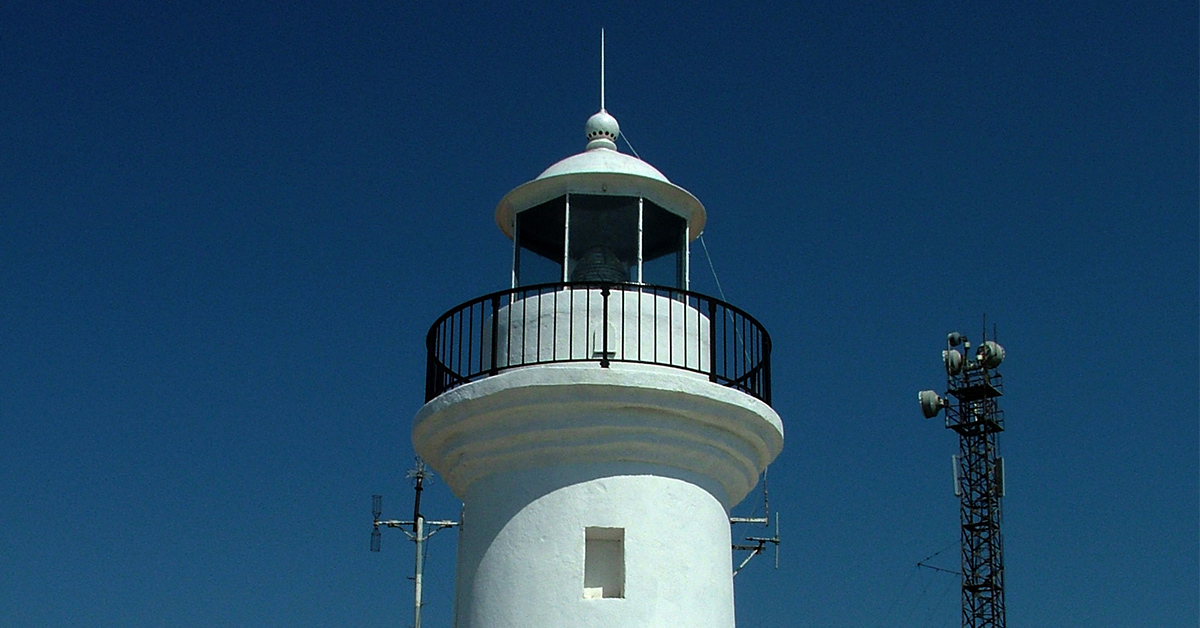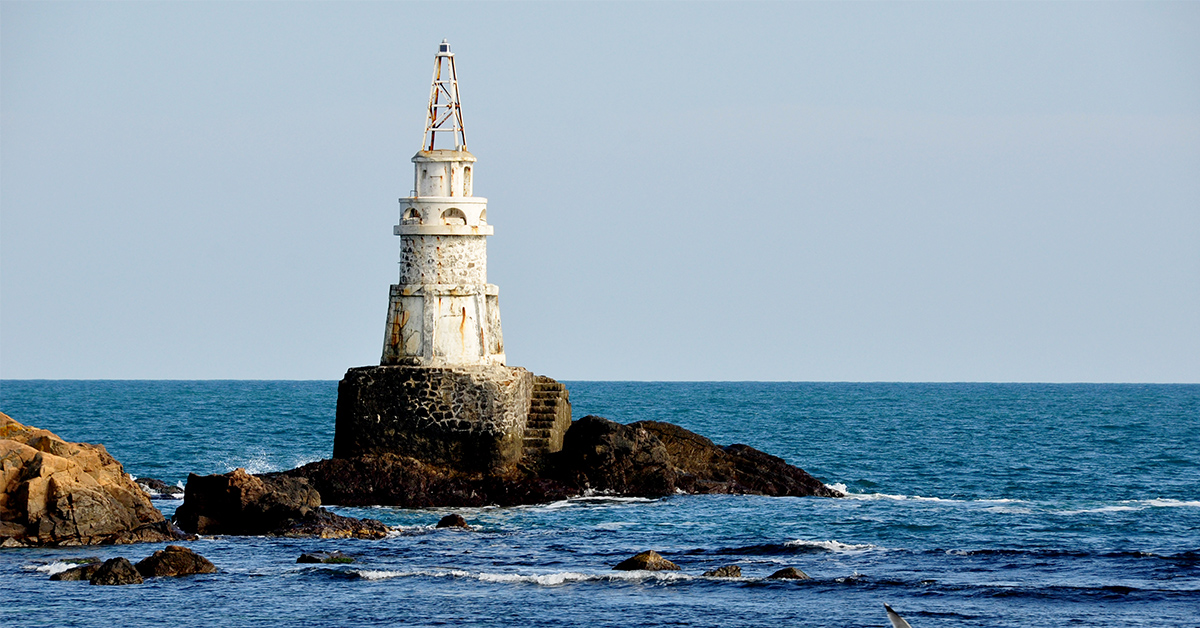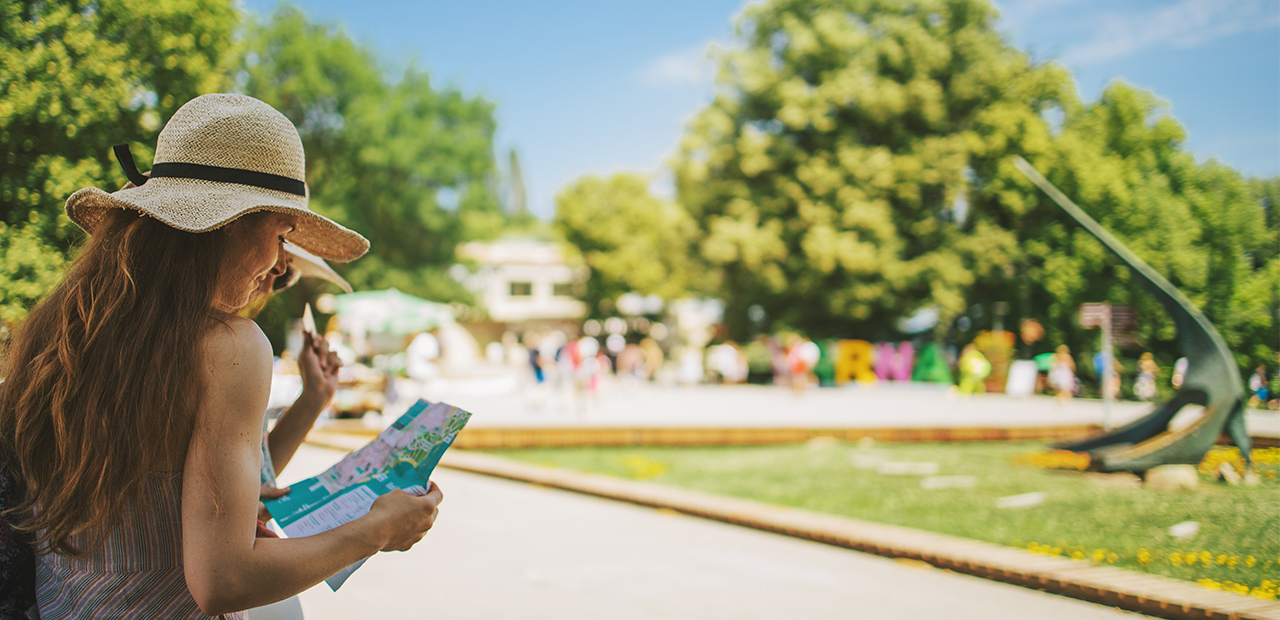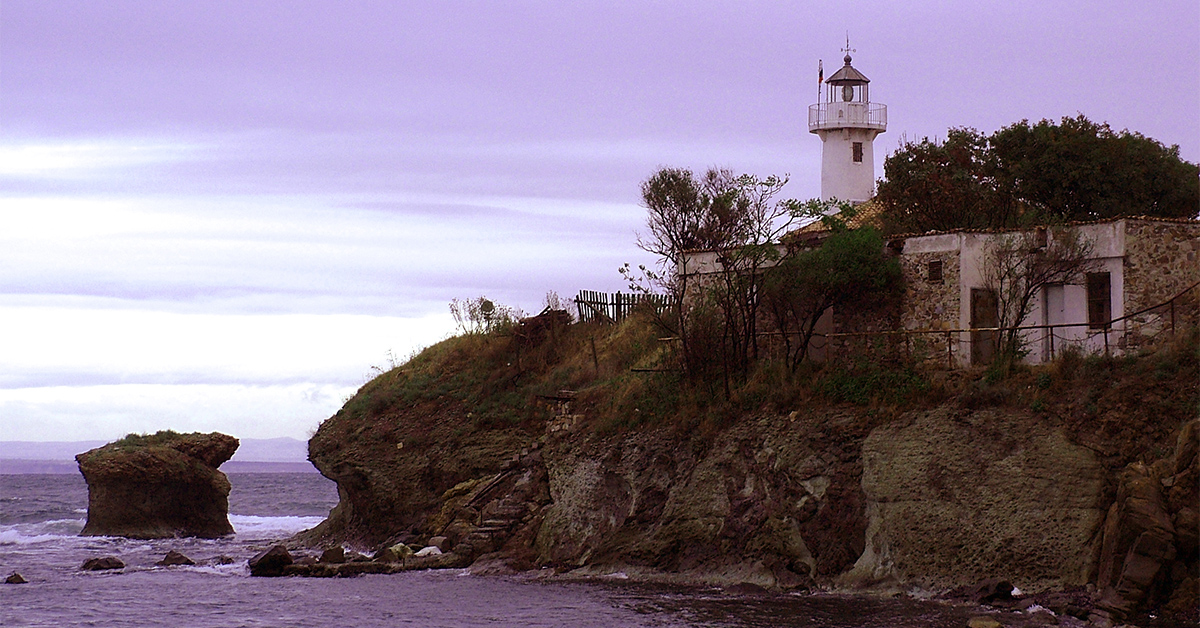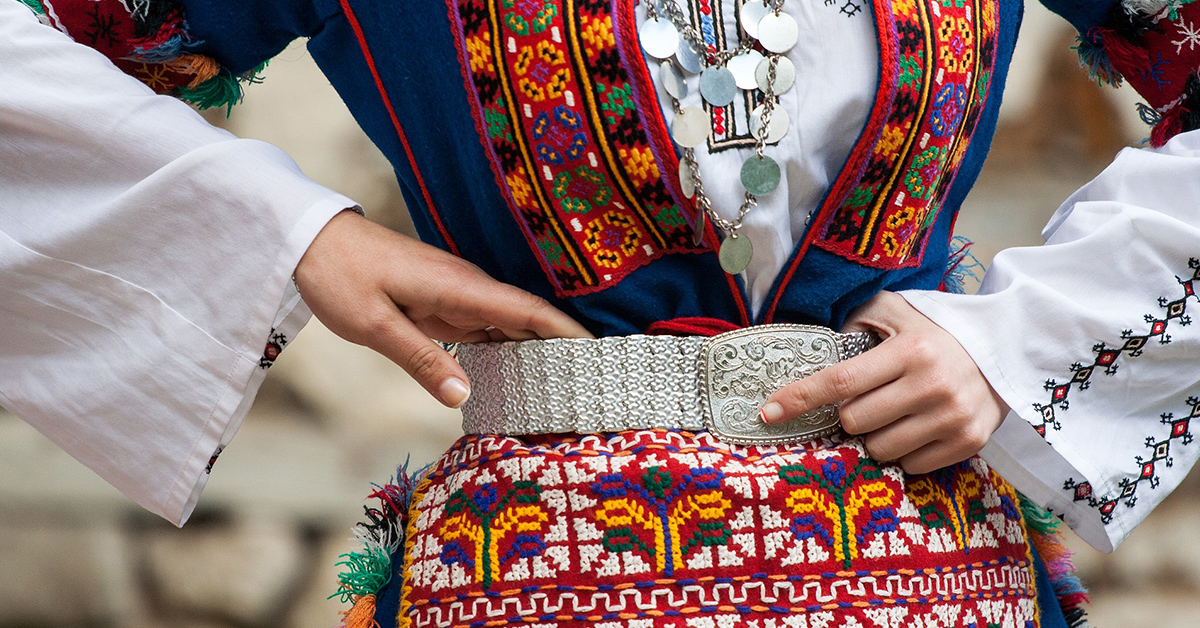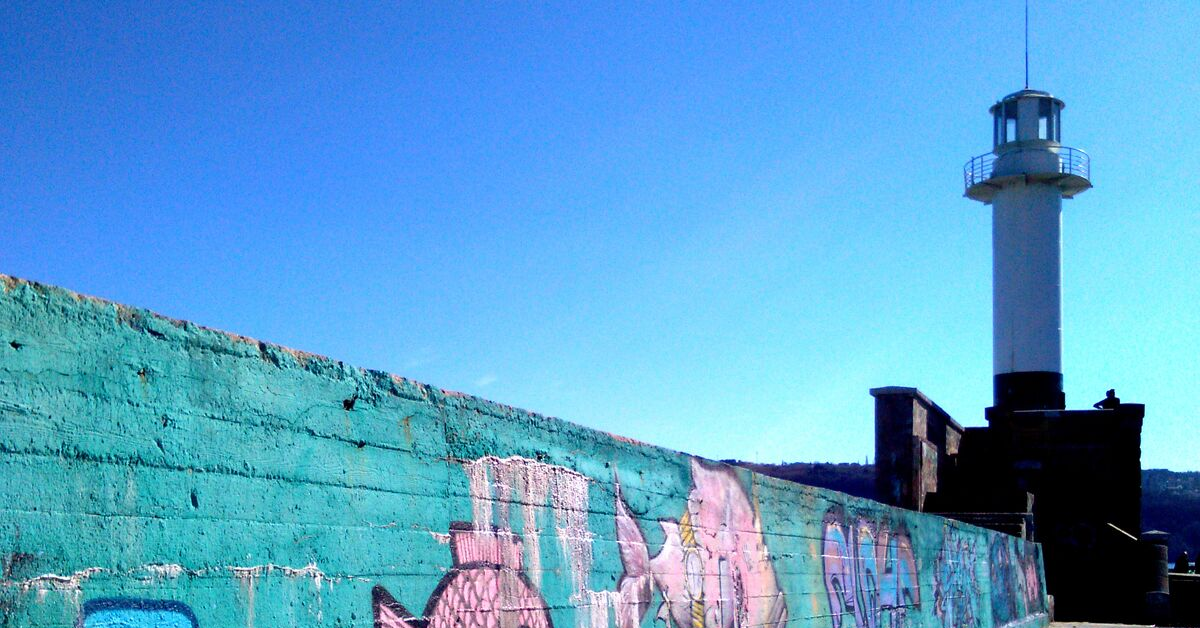Discover The Lighthouses Of The Northern Bulgarian Black Sea Coast
After telling us the beautiful story of Varna’s lighthouses, Bela Benova is once again our guest with another captivating tale about Bulgaria’s navigational aids…
The Lighthouses of the Northern Bulgarian Black Sea Coast
text and photos: Bela Benova
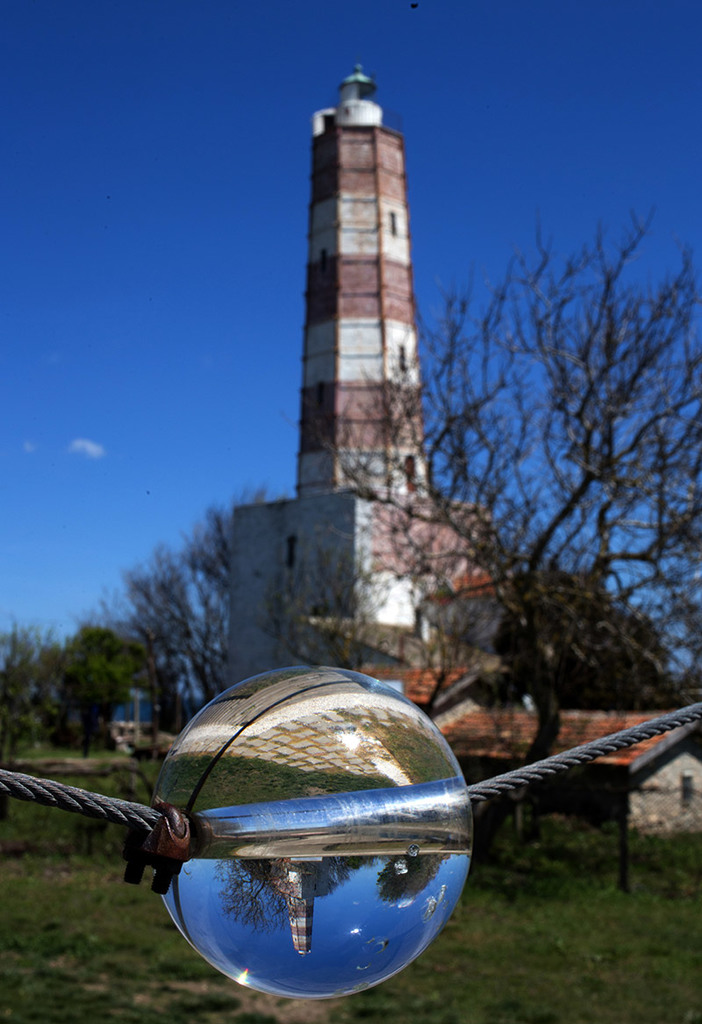
Shabla Lighthouse © Bela Benova, May 2019
My bike journey following the pulsing light in 2007 was an intimate encounter with the beauty of the Northern Black Sea coast – not only the beauty of the surrounding nature but the lighthouses themselves. It’s well worth a visit, even if for a quick photo taken from a distance.
In Bulgaria, all lighthouses, as well as some other navigational aids, are in military zones with restricted access. For me to be able to visit and photograph them, I needed a special permit from the Ministry of Defense’s Headquarters. These restrictions are not valid for the automatic port navigational aids, as well as for the navigational facilities without lighting – they can be visited by anyone.
The Ministry of Defense maintains the navigational aids, and the Bulgarian Black Sea coast is divided into two segments – Varna’s Navy Headquarters are in charge of the lighthouses North of Byala, while Burgas’ Navy Headquarters are in charge of the lighthouses of the South.
Shabla
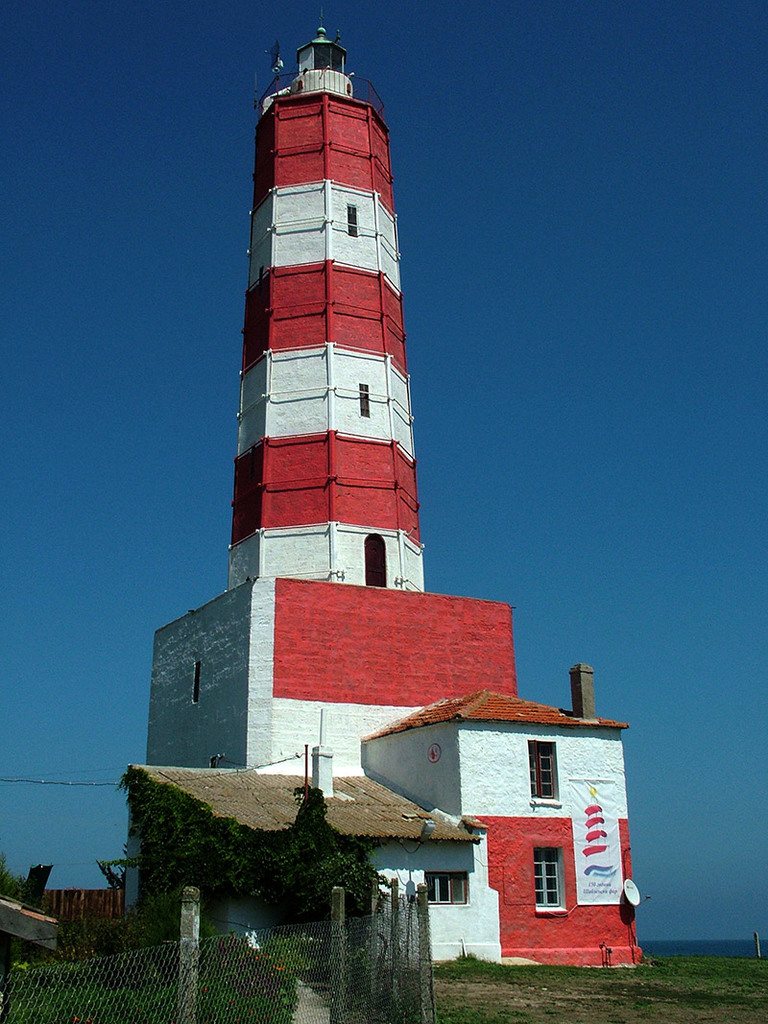
Shabla Lighthouse © Bela Benova, August 2007
As much as I’m attached to the lighthouses of my hometown, Varna, the most exciting part of my journey was visiting the Shabla lighthouse. It is believed that it was modeled upon the Lighthouse of Alexandria and built around 1856 – an awe-inspiring eight-sided tower that is unique not only for the Bulgarian sea coast but for the whole Black Sea coast altogether. As I followed the keeper on duty up the winding staircase, I learned that the building had suffered serious damage during the 1901 earthquake. Following this event, the whole tower was surrounded by steel rings and painted in its signature red and white stripes.
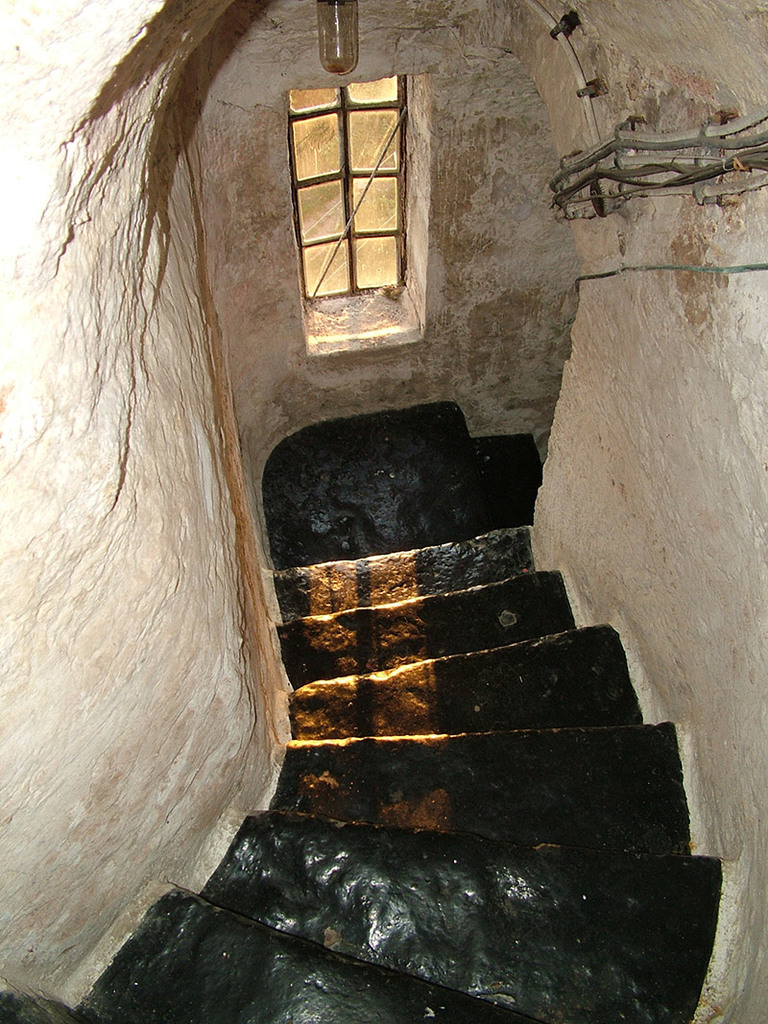
Shabla Lighthouse © Bela Benova, August 2007
The tower of the lighthouse is a unique architectural monument, built only with stone and mortar. Its astonishing stability is achieved by the arcs bearing finely adjusted keystones. As I was walking towards the lantern room, I noticed that, although centuries-old, the building felt extremely secure, much like a cathedral. The lighthouse in Shabla was built during the time of Sultan Abdul Medzhid (during Ottoman rule) and his monogram is still visible on the outside of the tower. There is also a slab with a hidden message for future generations, placed there about 10 years ago. It is set to be opened in 2056. I wonder, what are the odds of me seeing what’s hidden in there?!
Cape Kaliakra
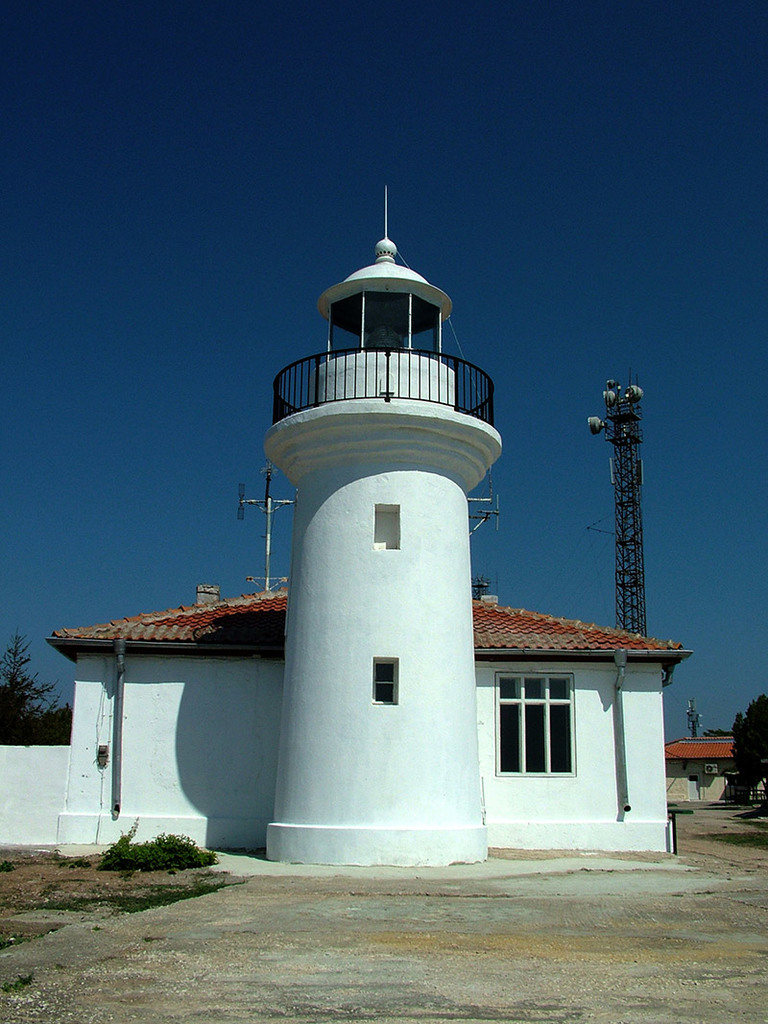
Kaliakra Lighthouse © Bela Benova, August 2007
During Ottoman rule, when the Black Sea was an inner sea for the empire, there were no significant attempts to equip its coast with navigational aids. When Russia got permission to use freely the routes of the Black Sea, its coast became of political significance. Turkish troops were defeated at Cape Kaliakra where the fortress was of strategic significance. At this point in my tour, the most interesting part was the coexistence of the tourist attraction (the Kaliakra Fortress) and the strategical location (the military facility). I ascended the winding staircase of the lighthouse with the keeper on duty. The current lighthouse tower was built after the catastrophic earthquake of 1901 which demolished the older tower (dated 1866). I learned that during the construction of the modern building, stones from its predecessor were used. Unfortunately, due to the altitude of the cape, one can see the lighthouse from the sea only from a considerable distance, and land access is restricted by the fences of the military facility.
Kavarna
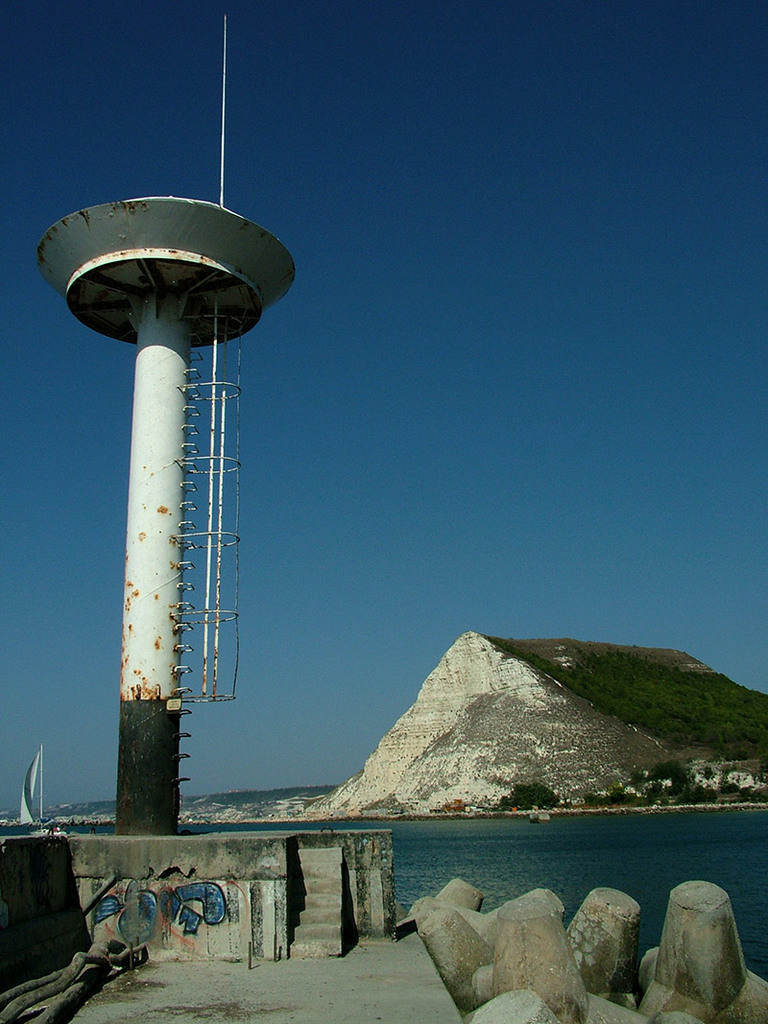
The old lighthouse at Kavarna’s breakwater © Bela Benova, August 2007
The next navigational aid that I visited was in Kavarna. While on my way through this city, I was introduced to the “flying saucer”, as locals refer to the 1987 tower, mounted in the place of a previous construction. Unfortunately, it has since been replaced by newer and much less attractive construction.
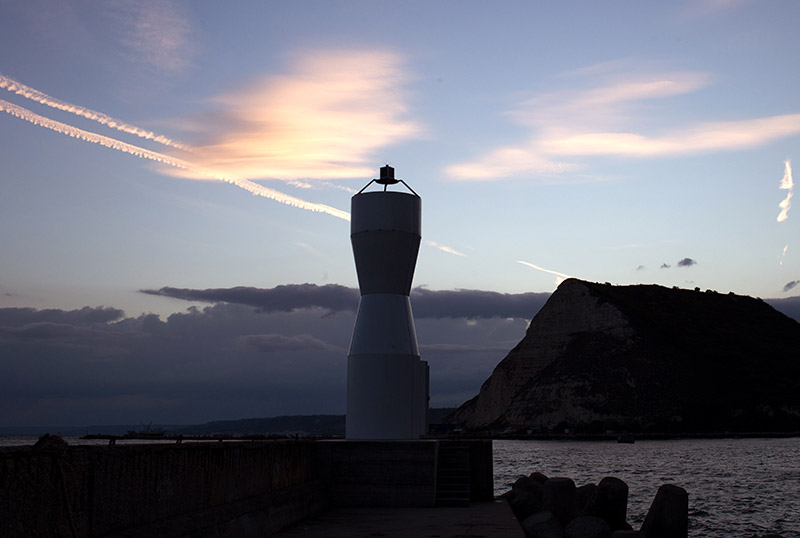
The new lighthouse at Kavarna’s breakwater © Bela Benova, April 2019
Balchik
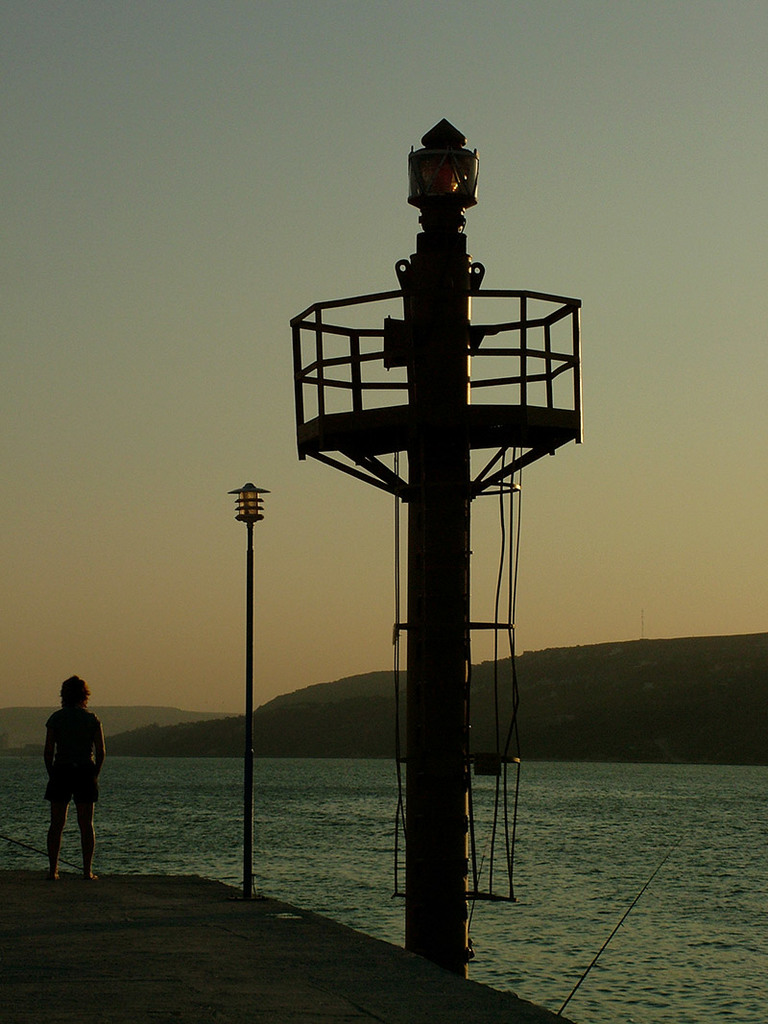
Balchik navigational aid © Bela Benova, August 2007
There are two navigational aids in Balchik – one at the Yacht club (placed in 1999) and the main one, at the breakwater (placed in 1991). The current navigational installation is the third one there, replacing the initial Romanian eclipse lighthouse of 1936 (the city was Romanian territory until 1940) and the Bulgarian metal lighthouse following it in 1949.

Balchik navigational aid at the Yacht club © Bela Benova, August 2007
Kranevo
The Kranevo lighthouse (cape Ekrene) is the only one completely built during the Socialist era – which is visible in the building’s architecture. It’s also the lighthouse with the highest “fire” – nearly 95 metres above sea level. Its construction began in 1959 and was finished in 1961 when the lighthouse shone its first light. There is a rumour of a Bulgarian ship bringing navy officials from Odessos that, upon getting back to Varna, nearly crashed in the shore near Golden Sands resort because no one on board knew about the new navigational aid.
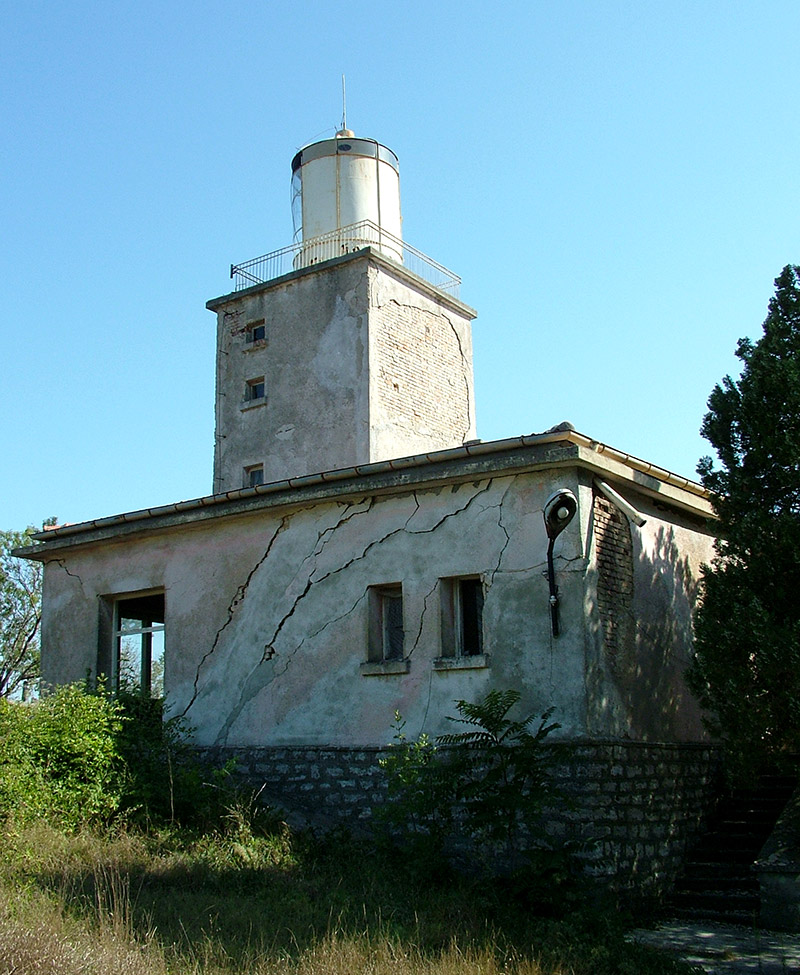
Kranevo lighthouse © Bela Benova, August 2007
When a new navigational aid is being deployed (or taken out of use), a message is sent to all services that are in charge of keeping up-to-date information about the sea and the coast. After this is done, it’s extremely important that sailors learn about the changes, too. In Bulgaria, the Marine Administration is in charge of this task.
Built on an active landslide, the lighthouse suffered damage in 1970 when a big crack appeared in its tower. The unstable earth beneath the lighthouse was the reason why it was taken out of use in 2005. After that, the optics has been preserved in one of the facilities of the Navy, while the Naval Museum in Varna holds the last of its special lamps. Bearing in mind the condition of the building, my visit in 2007 was both risky and incredibly saddening. But now I am happy that I was able to climb up to its tower because in October 2012 a landslide destroyed completely the already dilapidated building. Divers claim that you can still find remnants of the Kranevo lighthouse at the bottom of the sea.
Kamchia River
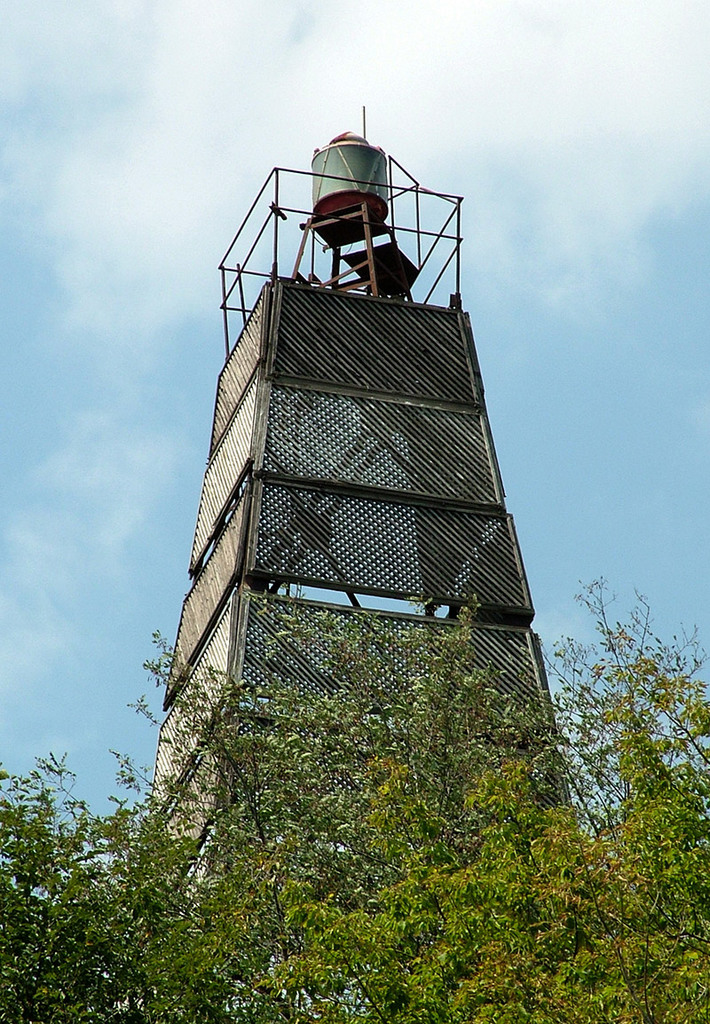
Kamchia navigational aid © Bela Benova, August 2007
The Kamchia river navigational aid, put on top of an openwork construction, was used from 1932 to 2000, with a pause between 1948 and 1952 because there was no lighthouse keeper to look after it. In recent years, the lush vegetation surrounding the navigational aid diminishes its significance as a daytime sign, while the nearby new radiolocation station of the Border Police is being used more and more.
Cape St Atanas
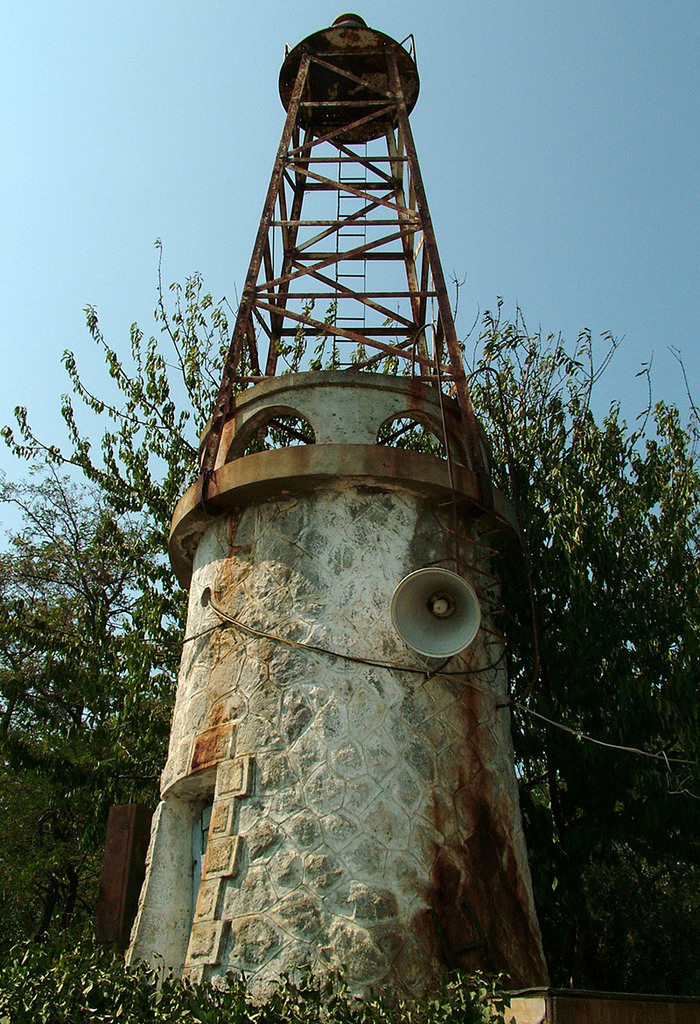
St Atanas lighthouse © Bela Benova, August 2007
The St Atanas lighthouse was being used between 1932 and 2004. The stone tower is similar to the one in Nessebar and Cape Maslen, which were built nearly at the same time. Since the lighthouse is not in use, its optics is being preserved in the museum in Byala. After the discovery of ancient artifacts in the area, in recent years the tower is no longer in a military zone and has turned into a tourist attraction itself.
Smaller navigational aids on the Northern Bulgarian Black Sea coast
There is an imitation of a lighthouse in Golden Sands resort – a part of the Kabakum Restaurant, as well as in one of the bigger golf resorts.
Navigational aids that serve smaller local vessels only are called “migalki” (blinkers) by the fishermen. Such constructions are basically a metal rod with a light on top and are available at the piers in Golden Sands, Kabakum and Byala.
In Milan Asadurov’s materials, which were a guiding light during my bike trip, you can find more historical and architectural information, as well as curiosities and interesting photos. Most of the navigational aids on the Northern Black Sea Coast can be seen up close and photographed, and the interior of the Shabla lighthouse can be explored during the yearly open doors event around August 18 (the International Lighthouse Day).
Find out more about the lighthouses in Bulgaria in Bela’s articles here >>

